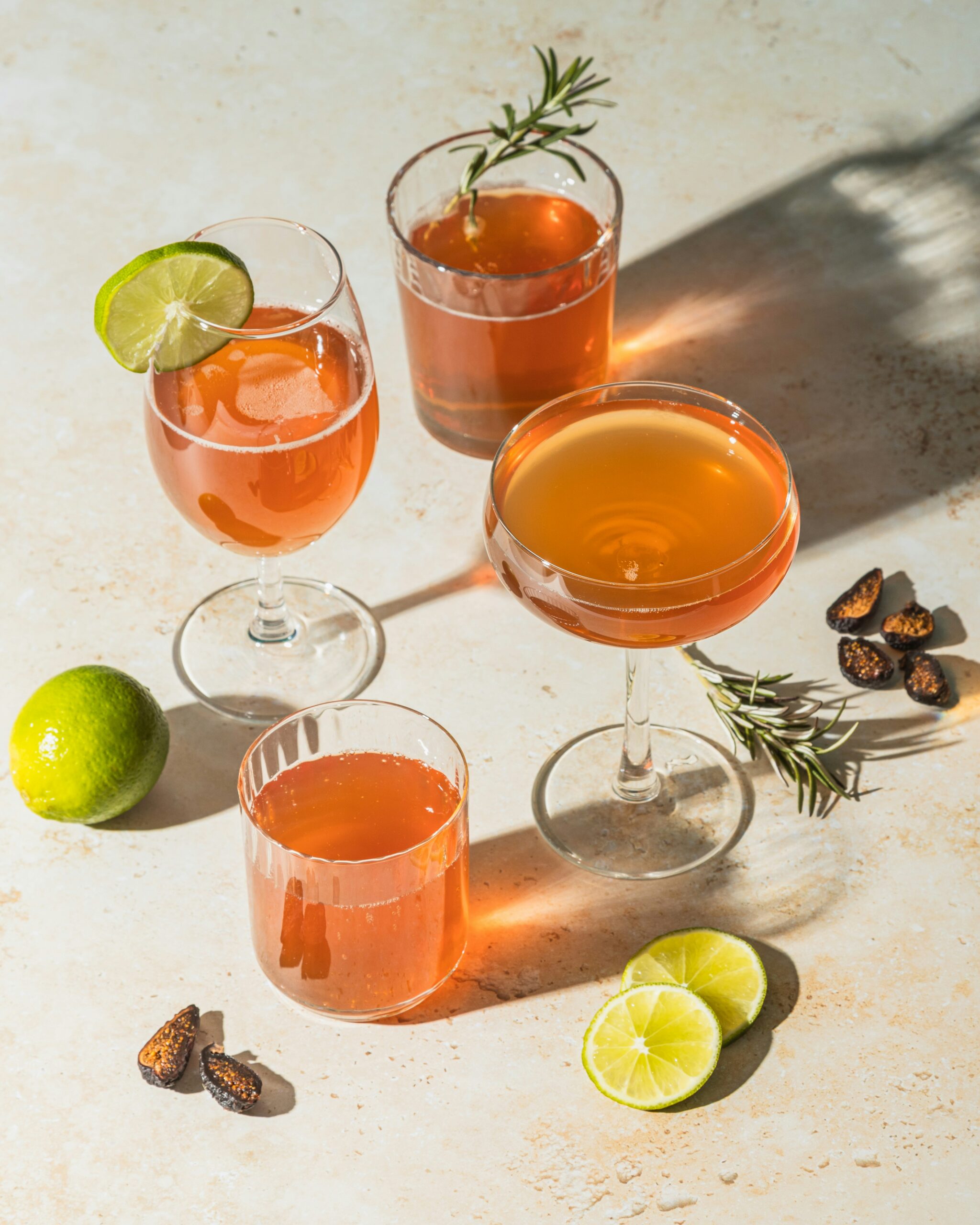
08 Sep Beverage Pasteurization Methods
1. Tunnel / Flash Pasteurization
-
Process: Coffee is heated rapidly to ~160–180°F (71–82°C) for a short time as it passes through a tunnel or flash pasteurizer.
-
Effect on coffee compounds:
-
The heat can accentuate existing acids, especially chlorogenic acids, making the coffee taste sour or sharp.
-
The rapid heating can cause partial degradation of some sugars, which normally balance acidity, leading to a perception of sourness.
-
Proteins and oils in coffee can also denature or oxidize quickly, subtly changing mouthfeel and bitterness.
-
-
Net result: The coffee can taste “bright” but also sour or acidic because there isn’t enough time or temperature control to stabilize the flavor.
2. Retort Processing
-
Process: Retort involves heating the sealed product (often in a pouch or bottle) at higher temperatures (~250–270°F / 121–132°C) for a longer period to achieve commercial sterility.
-
Effect on coffee compounds:
-
Longer, controlled heat allows Maillard reactions and mild caramelization, which smooths the acidity.
-
Acidity is balanced because the sugars and other flavor compounds have time to react and mellow the sharp acids.
-
Since the product is sealed, there’s minimal oxidation, which preserves flavor stability better than an open flash tunnel.
-
-
Net result: Coffee tastes fuller, less sour, and often “rounder” because the heat has redistributed and mellowed acids and sugars.
Plate Pasteurization
-
Process: Coffee flows through heated metal plates on one side, while cold water or the coffee itself flows on the other, creating direct heat transfer. Typical temps: 160–175°F (71–80°C) for short holding times (seconds to a few minutes).
-
Effect on coffee flavor:
-
Acidity: Similar to flash pasteurization, the rapid heating can accentuate acidic compounds (chlorogenic acids), giving some sourness, but usually less harsh than a tunnel pasteurizer because heat exposure is more controlled.
-
Sugar balance: Minimal time for Maillard reactions or caramelization, so the coffee may lack the “rounded sweetness” that retort provides.
-
Oils & mouthfeel: Because it’s gentle and precise, plate pasteurization preserves more of the coffee’s natural oils and body than flash tunnel pasteurization.
-
Oxidation: Short exposure and closed piping minimize oxygen contact, so flavor degradation is limited
-
Impact of 12 oz Sleek Cans on Plate Pasteurization
-
Thermal Mass & Heat Transfer
-
Sleek cans have thin walls, so the coffee heats faster and more evenly than in glass or thick PET bottles.
-
Faster heat transfer can accentuate acidity if holding time isn’t carefully adjusted.
-
-
Headspace Considerations
-
Cans typically have very small headspace, which limits oxygen exposure—good for flavor stability.
-
Less oxygen means less oxidation-related sourness or off-flavors during storage.
-
-
Sealed Environment
-
Because cans are hermetically sealed immediately after filling, you get better preservation of volatile aroma compounds compared to bottles or pouches.
-
This helps maintain a “fresher” taste, even if acidity is slightly high.
-
-
Shelf Life
-
Plate pasteurization in cans can achieve 2–4 weeks of refrigerated shelf life, depending on temp and holding time.
-
Retort is overkill for a 12 oz cold brew can unless you need room-temperature shelf stability.
-
1. Why Plate Pasteurization Isn’t Enough for Room Temp
-
Plate pasteurization is typically 160–175°F for seconds to a few minutes.
-
At this temp, you kill most pathogens, but some spoilage microbes (like thermophilic bacteria or mold spores) can survive.
-
Refrigerated shelf-life: 2–4 weeks—not room temperature.
2. Options for Room-Temp Shelf-Stable Cold Brew
A. Retort / Aseptic Filling
-
Process:
-
Cold brew is hot-filled or retorted in cans.
-
High heat (~250°F / 121°C) kills all pathogens and spores.
-
-
Pros:
-
6–12+ months shelf-stable at room temp.
-
Smooths acidity (less sour).
-
-
Cons:
-
Can slightly “cooked” the coffee flavor if not optimized.
-
B. Ultra-High Temperature (UHT) / Aseptic Coffee
-
Coffee is heated above 275°F / 135°C for seconds and then filled into sterile cans or pouches.
-
Preserves more coffee flavor than retort while still room-temp stable.
C. Preservatives + Mild Heat
-
Adding natural preservatives (like ascorbic acid or potassium sorbate) and mild pasteurization can extend shelf life a few months.
-
Limitation: Not truly long-term RTD; flavor may degrade over time.
3. pH Consideration
-
Cold brew is naturally around pH 4.5–5.0, which is moderately acidic.
-
Lowering pH slightly to ~4.3–4.5 helps inhibit bacterial growth in room-temp products.
-
Combined with retort/UHT, this ensures safety without needing chemical preservatives.
4. 12 oz Cans Specific Notes
-
Thin cans are excellent for heat transfer—retort/UHT is very efficient.
-
Minimal headspace + hermetic seal = excellent flavor preservation.
-
Heat treatment must be carefully controlled to avoid sour or “cooked” flavors.
